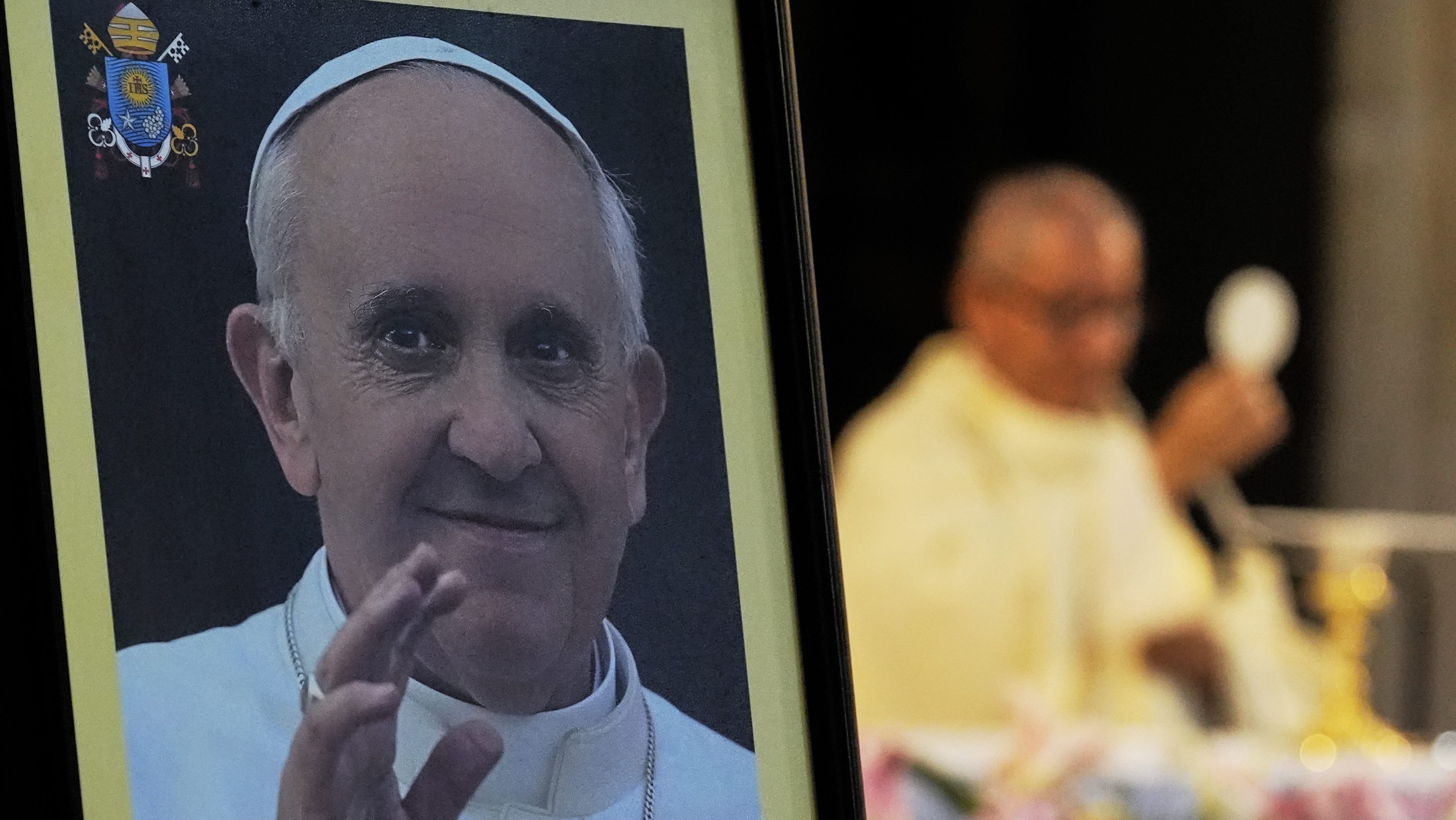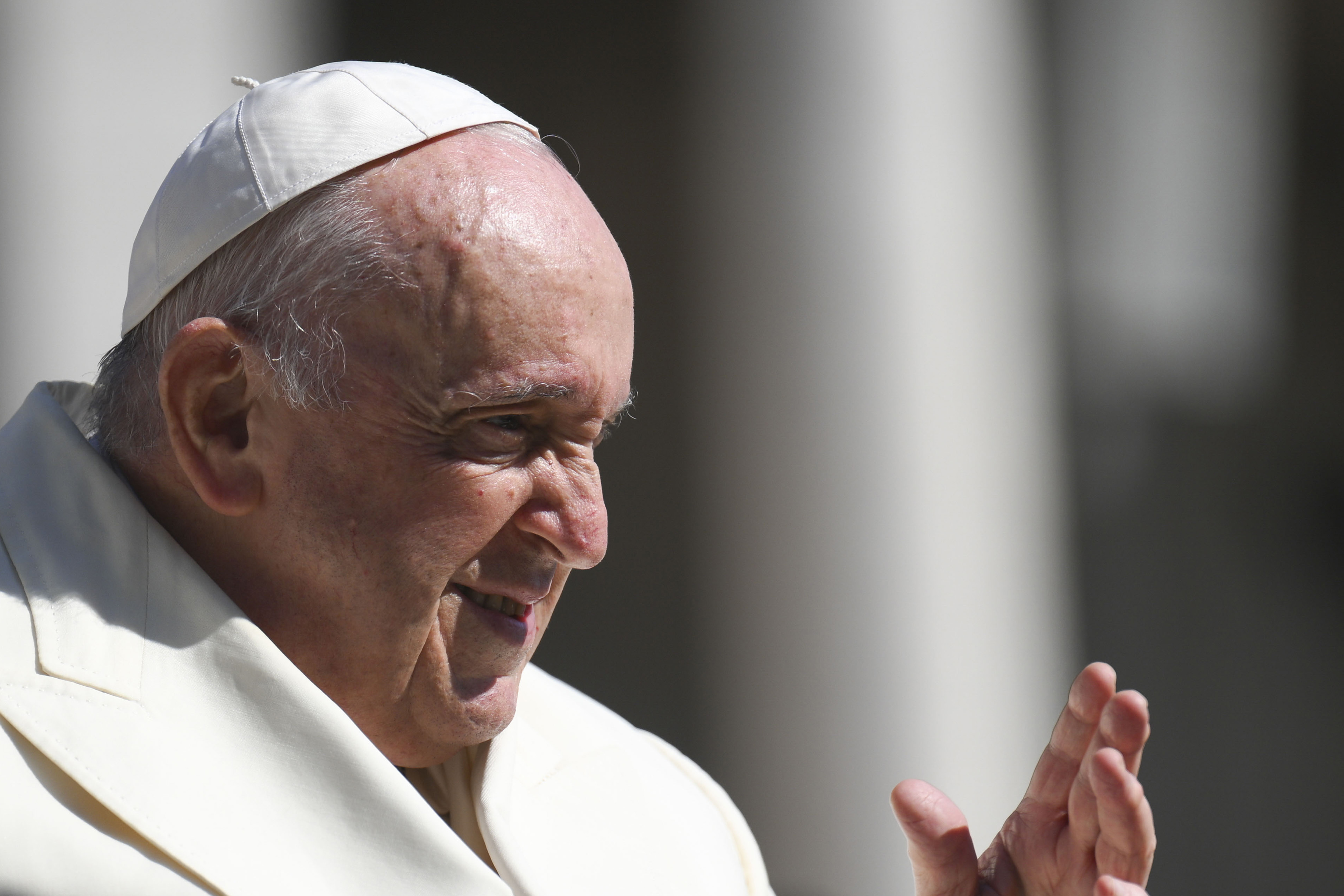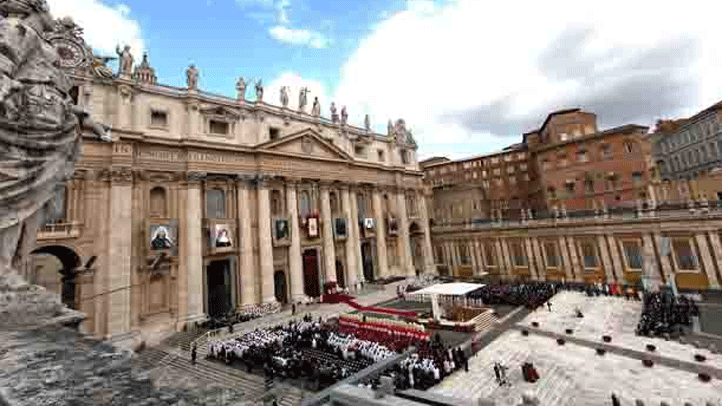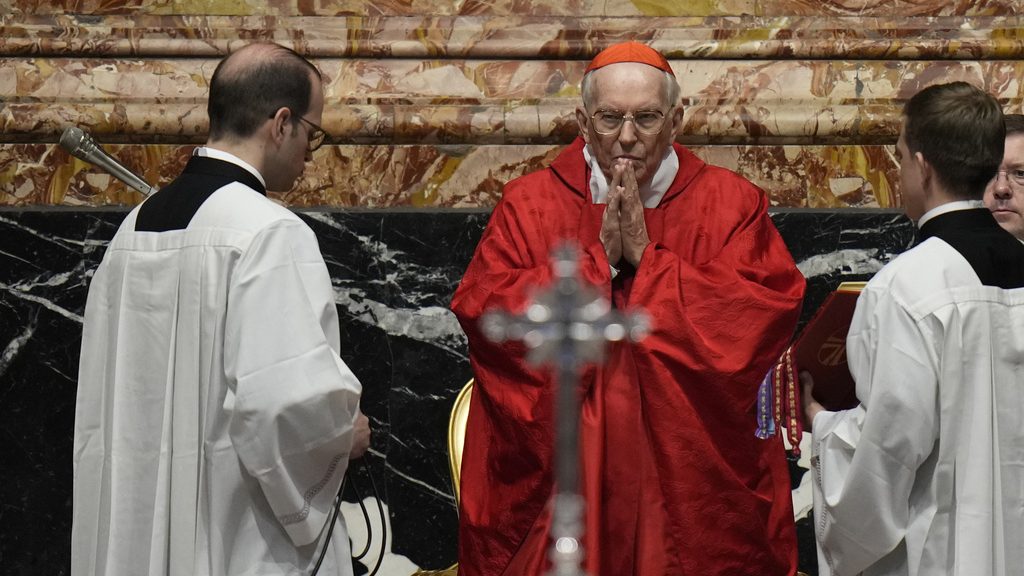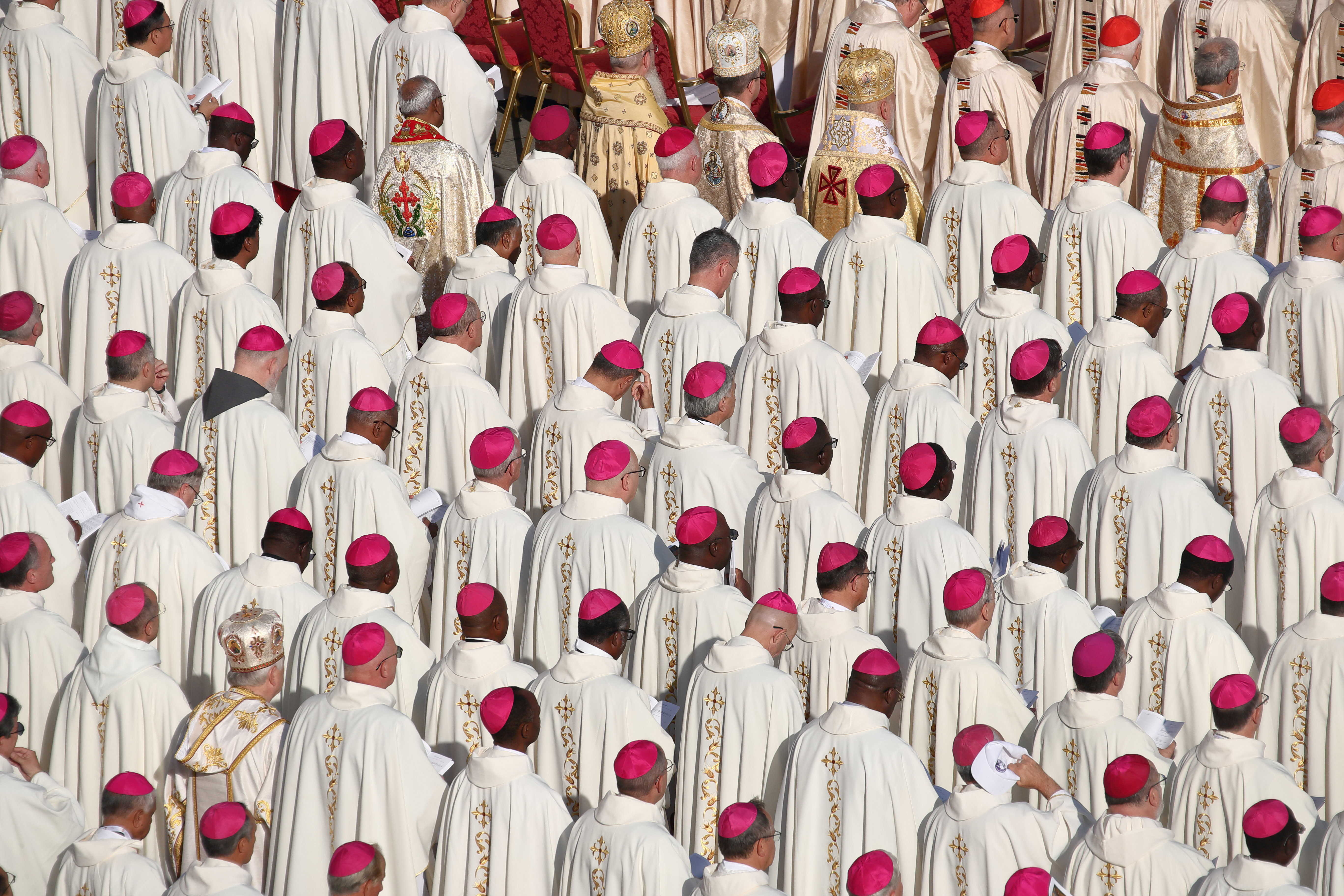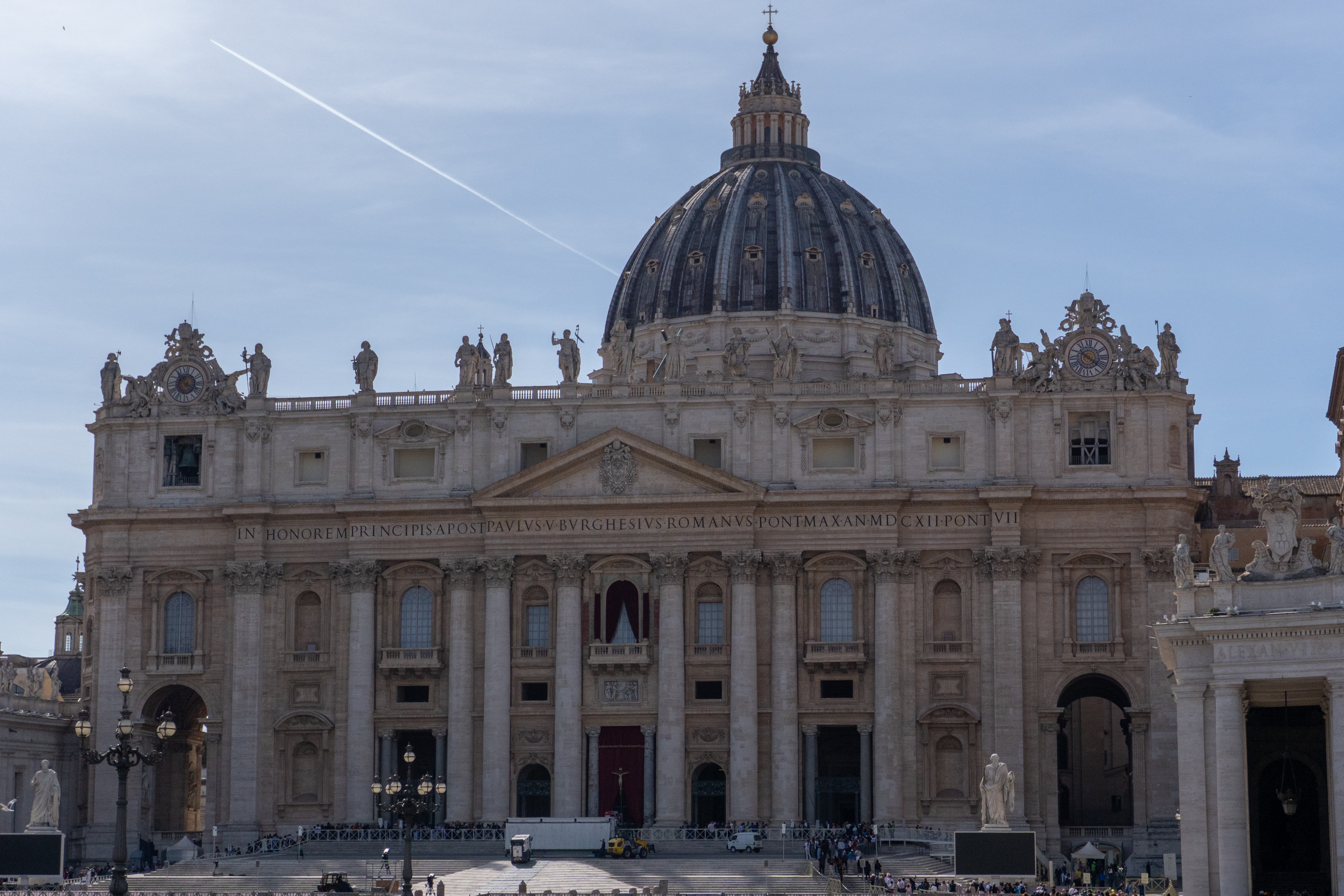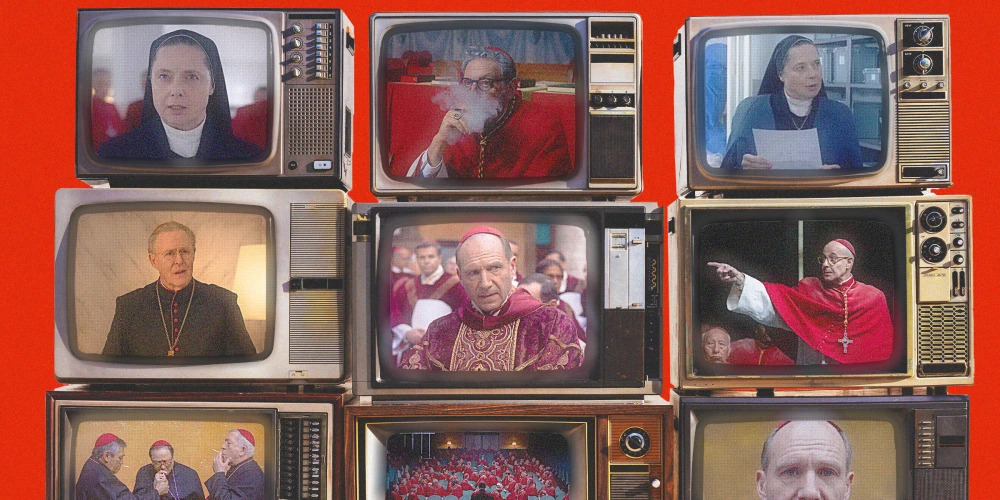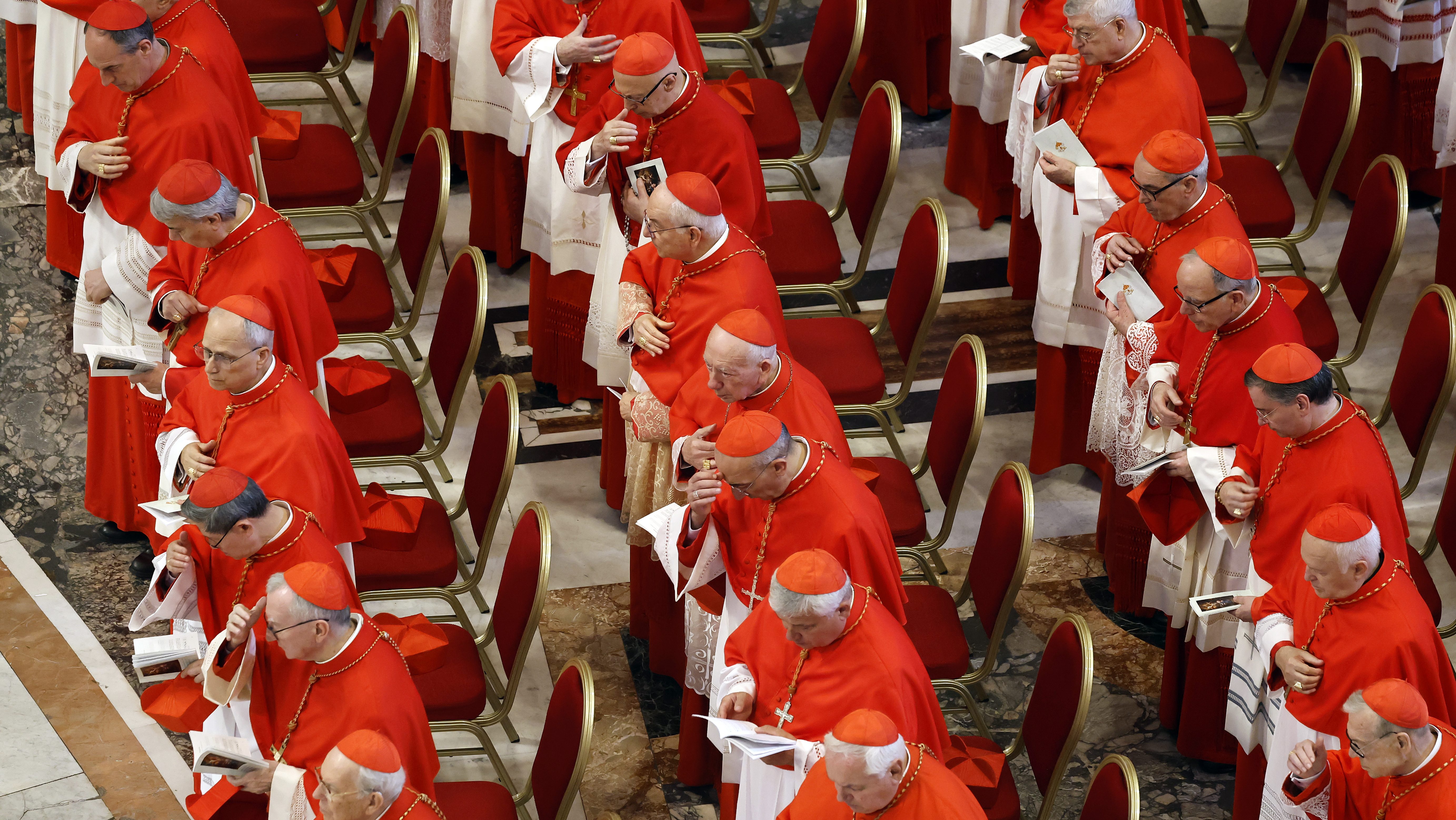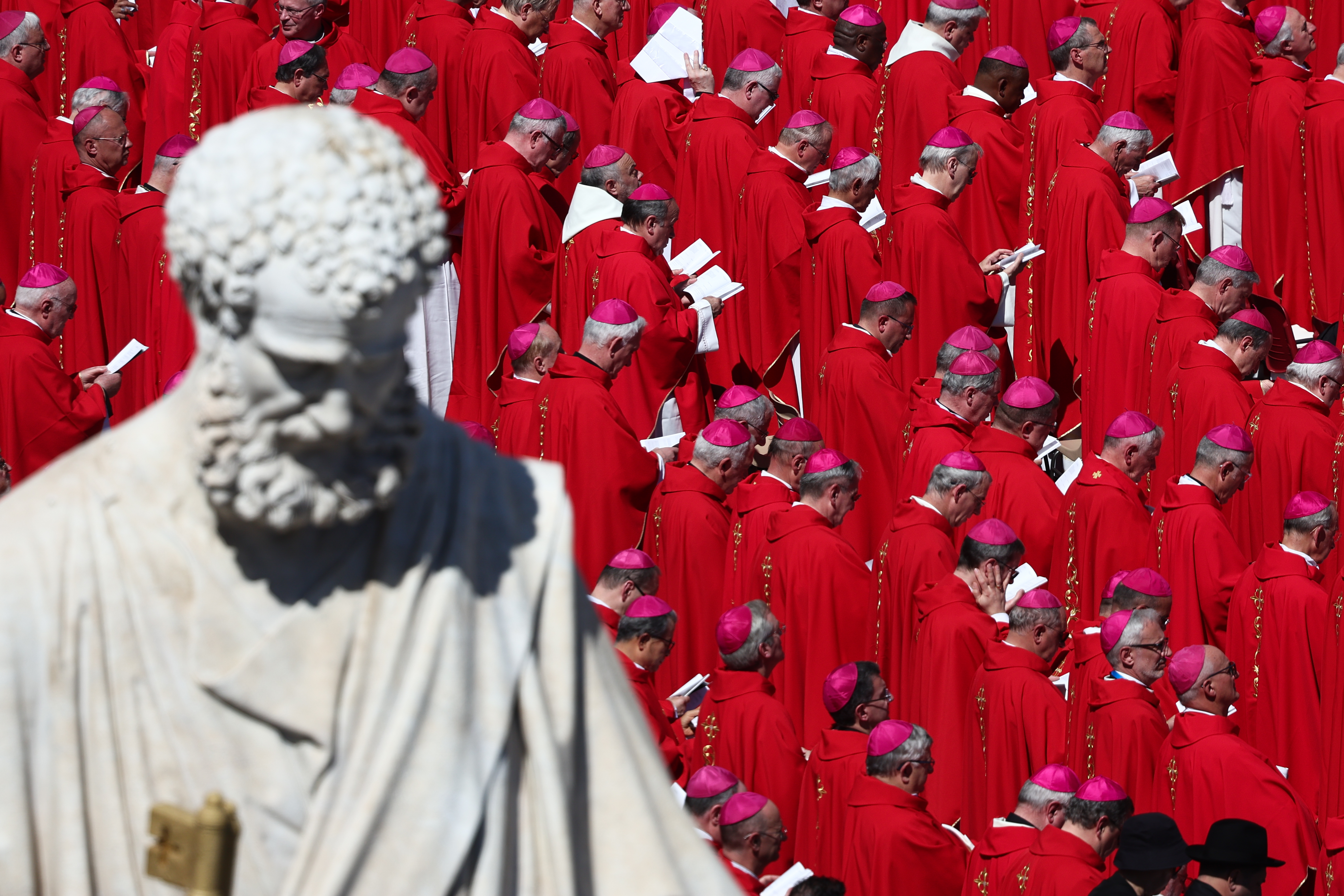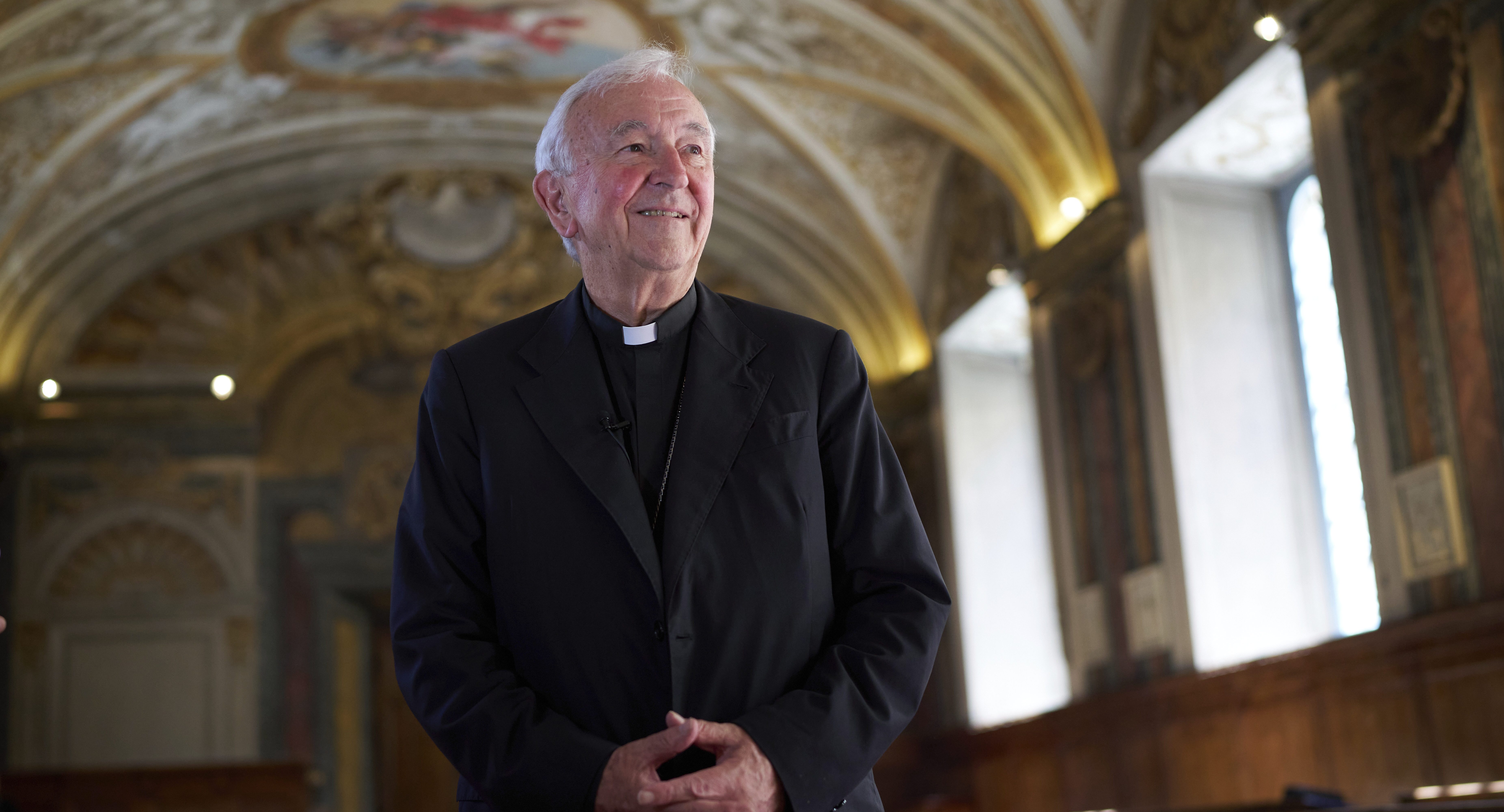Pope Francis' Death: Cause, Legacy, and What's Next
A World Mourns: Pope Francis Passes Away at 88
Introduction: An Era Ends
The world held its breath today as news broke of the passing of Pope Francis at the age of 88. It's a moment that sends ripples of sadness and reflection across the globe, regardless of religious affiliation. Pope Francis, a figure known for his reformist spirit and compassionate heart, has left an indelible mark on the Catholic Church and the world at large. But what exactly led to this moment? What can we expect in the coming days? Let's delve into the details.
The Cause of Death: Stroke and Heart Failure
According to the Vatican's official death certificate, Pope Francis succumbed to a stroke that ultimately led to irreversible heart failure. It's a stark reminder of our own mortality, even for those in positions of great power and influence. While he had battled a series of health issues prior to his death, this particular event proved to be the final chapter in his earthly journey.
Understanding the Medical Details
While the specific details of the stroke remain private, it's understood that a stroke occurs when blood supply to the brain is interrupted, depriving brain tissue of oxygen and nutrients. This can lead to a cascade of events that ultimately impact other vital organs, including the heart. In Pope Francis' case, it seems the stroke's impact on the cardiovascular system proved insurmountable.
A Legacy of Reform and Inspiration
Pope Francis's papacy was marked by a desire to modernize the Catholic Church and address pressing social issues. He challenged the status quo and inspired many with his calls for greater inclusivity and compassion. It’s hard to deny the impact he had on religious thought and practice.
Rattling the Conservatives
His progressive stance on issues such as climate change, poverty, and social justice often put him at odds with more conservative factions within the Church. He dared to question established norms and encouraged dialogue on sensitive topics. Think of him as a gardener pruning away dead branches to allow for new growth.
Inspiring the Progressives
Conversely, his views resonated deeply with progressives who saw him as a beacon of hope for a more inclusive and compassionate Church. He empowered marginalized voices and championed the cause of the poor and vulnerable. For them, he was a shepherd leading his flock towards greener pastures.
The Vatican's Response and Preparations
Following the announcement of Pope Francis's death, the Vatican has initiated a series of protocols and procedures, including the transfer of his body to St. Peter's Basilica for public viewing.
Transfer to St. Peter's Basilica
The Vatican announced that Pope Francis's body will likely be transferred to St. Peter's Basilica on Wednesday morning to allow worshippers to pay their respects. This is a tradition steeped in history and allows the faithful to bid farewell to their spiritual leader.
Security Measures and Crowd Control
Given the global significance of this event, the Vatican is undoubtedly implementing stringent security measures to ensure the safety of the millions of people expected to flock to Rome in the coming days. Imagine the logistical challenge of managing such a massive influx of mourners!
Global Tributes and Condolences
The news of Pope Francis's death has triggered an outpouring of tributes and condolences from leaders around the world. His impact transcended religious boundaries, and his loss is felt by people of all faiths and backgrounds.
Political Leaders' Reactions
Heads of state from across the globe have issued statements expressing their sorrow and admiration for Pope Francis. His efforts to promote peace and understanding have earned him the respect of leaders worldwide. He was, in a way, a global diplomat, bridging divides and fostering cooperation.
President Trump and First Lady Melania Trump to Attend Funeral
President Donald Trump and First Lady Melania Trump will attend Pope Francis's funeral, the president said. This underscores the significance of the event and the respect accorded to the papacy on the world stage.
The Papal Conclave: Electing a New Pope
With the passing of Pope Francis, the process of electing a new pope will begin. This involves a conclave of cardinals who will gather in secrecy to choose his successor.
The Secrecy and Significance of the Conclave
The papal conclave is a deeply secretive process, designed to ensure that the cardinals are free from external influence when making their decision. It's a fascinating blend of tradition, ritual, and spiritual discernment. The world will be watching, waiting for the white smoke that signals the election of a new pontiff.
Potential Candidates and Their Platforms
While it's impossible to predict who will be elected, various cardinals are often mentioned as potential candidates. Each candidate brings their own vision and priorities for the future of the Church. The choice will have a profound impact on the direction of the Catholic Church for years to come.
Pope Francis' Key Initiatives and Achievements
Let's remember some of the initiatives that defined his pontificate. His commitment to social justice and the environment stands out.
Laudato Si': Caring for Our Common Home
His encyclical *Laudato Si'* called for urgent action to address climate change and protect the environment. It was a powerful call to conscience that resonated with people of all faiths and backgrounds. It highlighted the interconnectedness of humanity and the environment.
Focus on Poverty and Inequality
Pope Francis consistently championed the cause of the poor and vulnerable, calling for greater economic justice and an end to inequality. He challenged the world to address the root causes of poverty and to create a more just and equitable society.
Controversies and Challenges Faced
His papacy wasn’t without its controversies. Let’s not shy away from addressing the challenges he faced.
Addressing the Sex Abuse Crisis
Pope Francis inherited a Church grappling with a devastating sex abuse crisis. While he took steps to address the issue, many felt that more needed to be done. It was a dark cloud hanging over his papacy, and his efforts to address it were met with both praise and criticism.
Internal Divisions Within the Church
His reformist agenda often sparked resistance from more conservative factions within the Church, leading to internal divisions and disagreements. Navigating these divisions was a constant challenge throughout his pontificate.
The Future of the Catholic Church After Francis
What lies ahead for the Catholic Church in the wake of Pope Francis's passing? It's a question on the minds of millions around the world.
Potential Shifts in Doctrine and Policy
The election of a new pope could lead to significant shifts in Church doctrine and policy, depending on the priorities and vision of the new pontiff. The Church may see a continuation of Francis's progressive agenda, or a return to more traditional approaches.
The Enduring Legacy of Pope Francis
Regardless of what the future holds, Pope Francis's legacy as a reformer and champion of the marginalized will endure. He leaves behind a Church that is more aware of its social responsibilities and more committed to serving the needs of the poor and vulnerable. His example will continue to inspire generations to come.
Conclusion: A Moment of Reflection and Remembrance
The death of Pope Francis marks the end of an era for the Catholic Church and the world. He was a transformative figure who challenged the status quo and inspired millions. His legacy of compassion, social justice, and environmental stewardship will continue to resonate for years to come. While the world mourns his loss, it also celebrates the life and work of a remarkable man. His impact on the world stage cannot be denied and his legacy will continue to be felt for generations.
Frequently Asked Questions
Here are some common questions people are asking about Pope Francis's passing:
- What happens now that Pope Francis has died? A conclave of cardinals will be convened to elect a new pope. In the interim, the governance of the Church is overseen by the Camerlengo, who manages the Vatican's affairs.
- How long will it take to elect a new pope? There's no set timeline. The conclave can last anywhere from a few days to several weeks, depending on the cardinals' ability to reach a consensus.
- Where will Pope Francis be buried? Pope Francis will likely be buried in the papal crypt beneath St. Peter's Basilica, following a tradition followed by his predecessors.
- How can I pay my respects to Pope Francis? Many churches around the world will hold memorial services. You can also express your condolences online through various Vatican and news websites.
- What was Pope Francis's greatest contribution to the Catholic Church? This is subjective, but many would point to his efforts to modernize the Church, address social injustices, and promote dialogue among different faiths. His humility and compassion also resonated deeply with people around the world.
